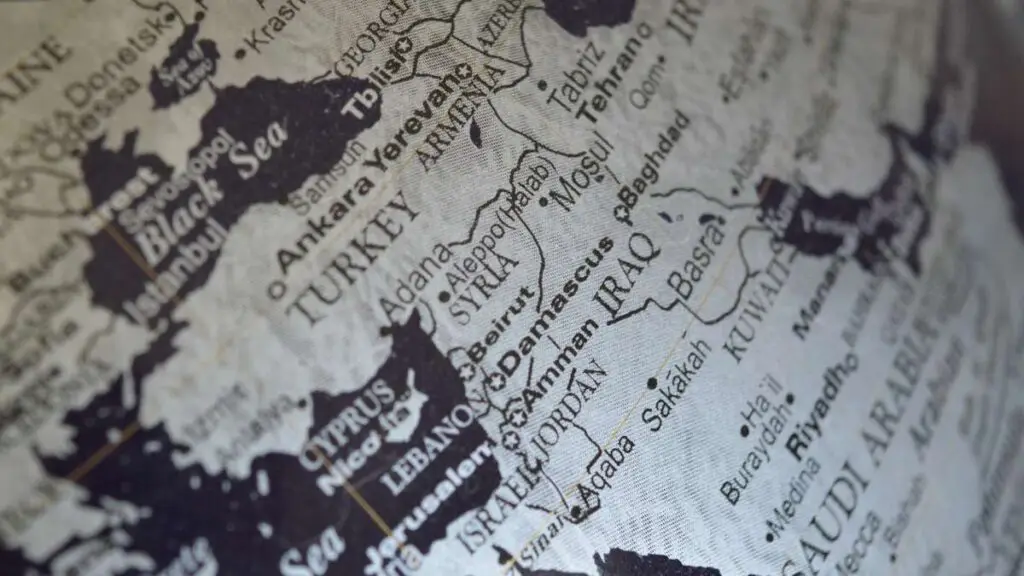By Geoffrey Cain
PRI’s The World
Apr 19, 2010
KAMPONG LUONG, Cambodia — Residents of this “floating village,” a spine of stilted shacks and huts crammed atop a tributary of the Mekong River, depend on the water below them for cooking, bathing and gathering fish for meals.
Too bad they defecate in that water — a practice that helps make diarrhea one of the three leading causes of death in Cambodia for children under five.
The solution? Build a toilet that floats. And while we’re at it, construct a water treatment plant that also floats. At least that’s what one NGO, Singapore-based Lien Aid, says will finally clean up the water supply.
A typical river toilet is an open hole on wooden planks emptying directly into the river. By contrast, the Lien Aid toilet uses buckets to collect the waste, separating urine from feces, to reduce the bulk. Villagers then sprinkle soil, ash, or wood chips to dry the feces, decompose it, and keep out pathogens.
Villagers can even use their urine as a grass fertilizer. How efficient!
But, said Lien Aid head Sahari Ani, “we realized that it was equally important to ensure that the floating community gets access to clean drinking water.” So they began building the water treatment plant.
The floating plant, which is owned by the entire community, sucks in raw water from the river below, then filters it and cleanses it of microbes with ultraviolet radiation. Lien Aid and the government even gave the water its own brand name: Lotus Water, priced at 700 riel ($0.17) for 20 liters — half the price of what villagers paid before.
Given that everything else in the village floats, the projects make sense. The community has floating gas stations, police stations and even churches. Homes in river communities are typically built on floating platforms and are moved seasonally as water levels rise and fall.
Poor water quality and sanitation facilities have taken a toll on Cambodia. The country has one of the highest infant and under-5 mortality rates in the region, at 97 and 141 per 1,000 live births, UNICEF reported.
It is also one of the few countries in Asia that probably won’t meet its sanitation Millennium Development Goal, which calls for the country to halve the percentage of the population that lacks access to toilets by 2015, revealed a report by the World Health Organization.
Reading further, the situation appears more ominous. Almost one-third of Cambodians have access to proper toilets, the report added. In 2008 the World Bank said that nearly 10,000 people in Cambodia die each year from diarrhea and other diseases that arise from poor sanitation. In economic terms, that’s a loss of about $450 million a year, or the equivalent of 7.2 percent of the country’s GDP.
Cambodia isn’t the only country navigating these straits. In March, the WHO called for a worldwide overhaul of its sanitation strategy: now, the group said, the situation can be improved with a market-based approach that would spur innovation. That makes good timing for Lien Aid, which has been pioneering sanitation concepts.
The WHO also noted that many rural Cambodians aren’t exactly fond of modern toilets. Some see latrines as smelly and filthy, preferring to defecate in the wild because they think it’s more natural.
“It’s not a poverty issue. Some wealthy people in the countryside don’t have good sanitation, and some poor families do have it,” said Chea Samnang, director of rural healthcare for the Ministry of Rural Development. “It’s an issue of access to the right information.”
But NGOs and the government say they’ve been making progress educating locals, by using films and sending teachers. Now, it’s a matter of reinforcing that knowledge. “The villagers already understood the lack of fishes in the lake was caused by their poop,” said Jack Sim, founder of the World Toilet Organization, a non-profit also based in Singapore.
The main problem, he added, is that “old habits take time to change.”
Recently, the group has been tinkering with its bucket design to improve one unforeseen flaw: that there were few viable spots to deposit feces elsewhere for more treatment. “We had to rethink our initial idea to set up a land-based site as there were practical issues of year-round access,” said Ani of Lien Aid.
To fix that problem, Ani’s organization (alongside Engineers Without Borders Australia) is exploring a new project to top off its gallery of floating contraptions: a floating “containment site” for feces and waste.
This year, Lien Aid is also encountering problems with its treatment plant — because the Mekong River has reached its lowest level in 50 years. Drought required the community to move the water intake pipe much closer to the riverbed. “This has resulted in the plant taking in raw water that has very high turbidity,” said Ani. He was referring to the cloudiness of water caused by solids, which is a common test for water quality.
“To accommodate this, the plant was moved several times and the quantity of alum [a chemical compound] to the sedimentation process was also increased to cope with the higher turbidity,” he added. “The higher turbidity has also resulted in a stronger earthy smell to the water.”
Lien Aid is still determining a price for the latrines. The NGO hopes costs can be kept to a minimum, with families possibly purchasing building material in bulk to keep down costs.
One-third of Cambodians live on less than $0.50 a day, according to government statistics, making cost a significant factor.
Villagers in Cambodia have already been learning how to construct cheaper latrines for as little as $15 each from the community-led total sanitation program, started in 2005 by UNICEF and Cambodia’s Ministry of Rural Development. If Cambodians transition in full force to the new latrines, that could be an impetus to take on the floating toilets.
The article was originally published in PRI’s The World
See Also:





